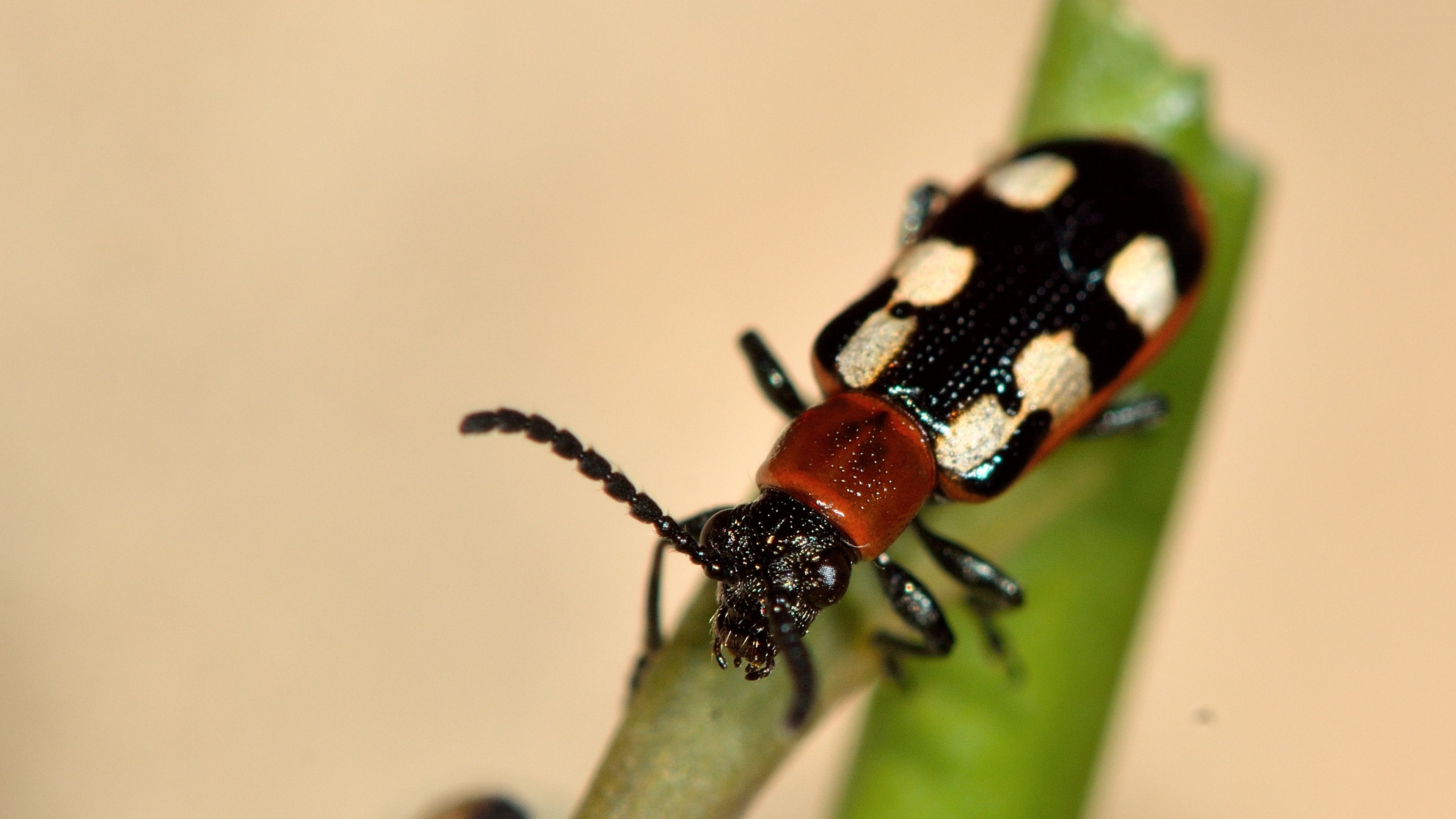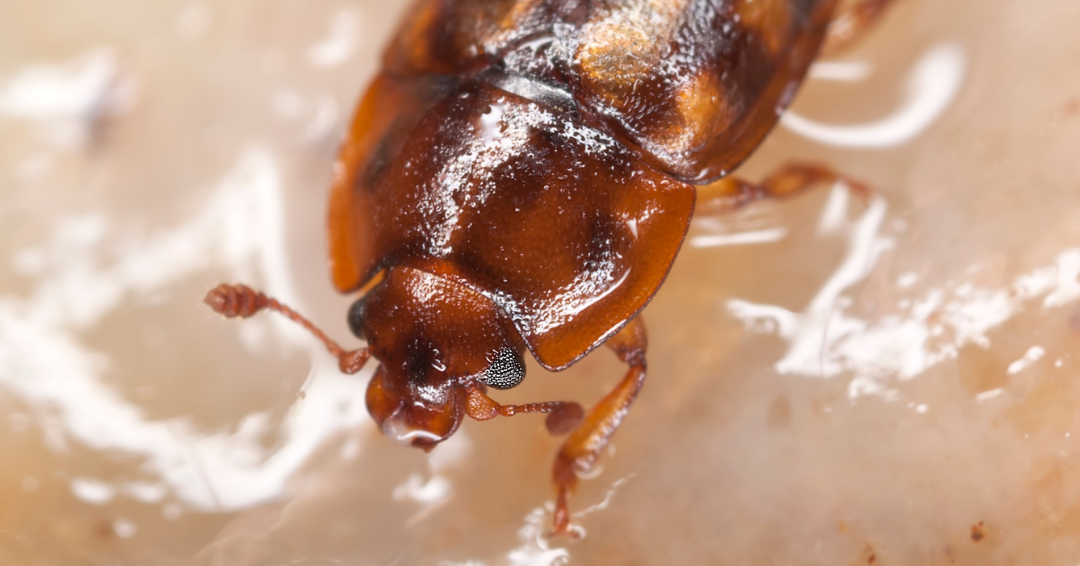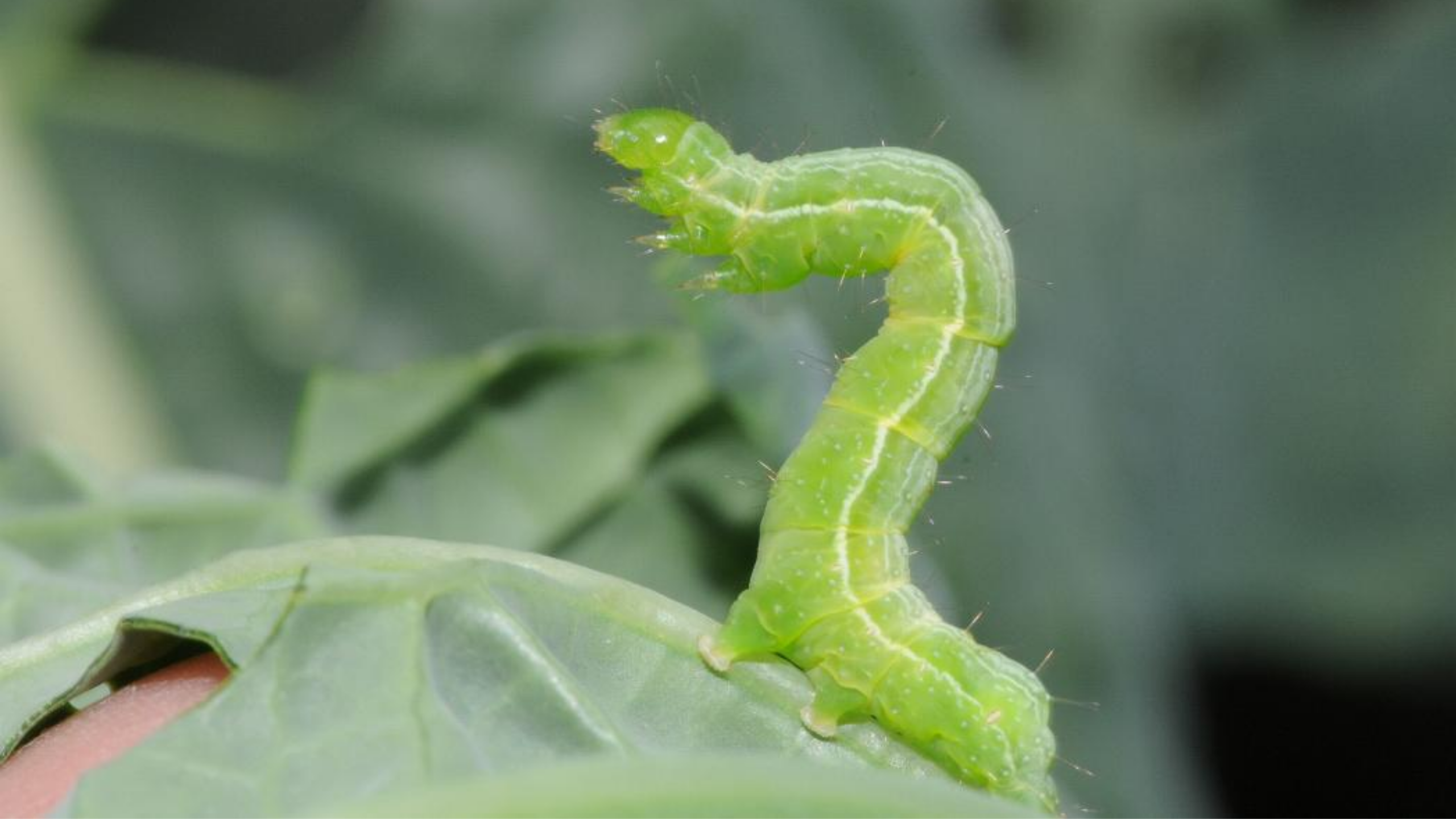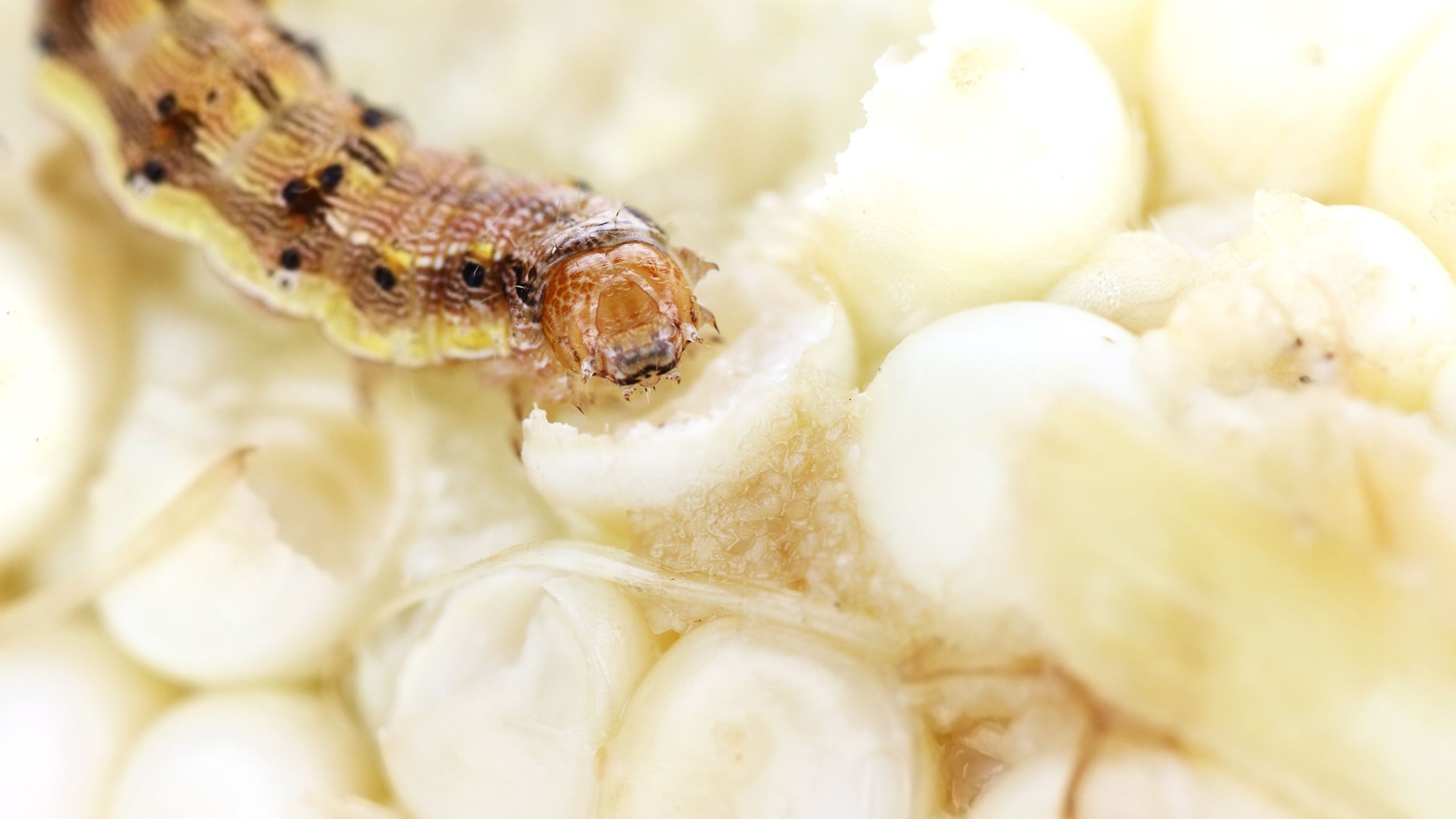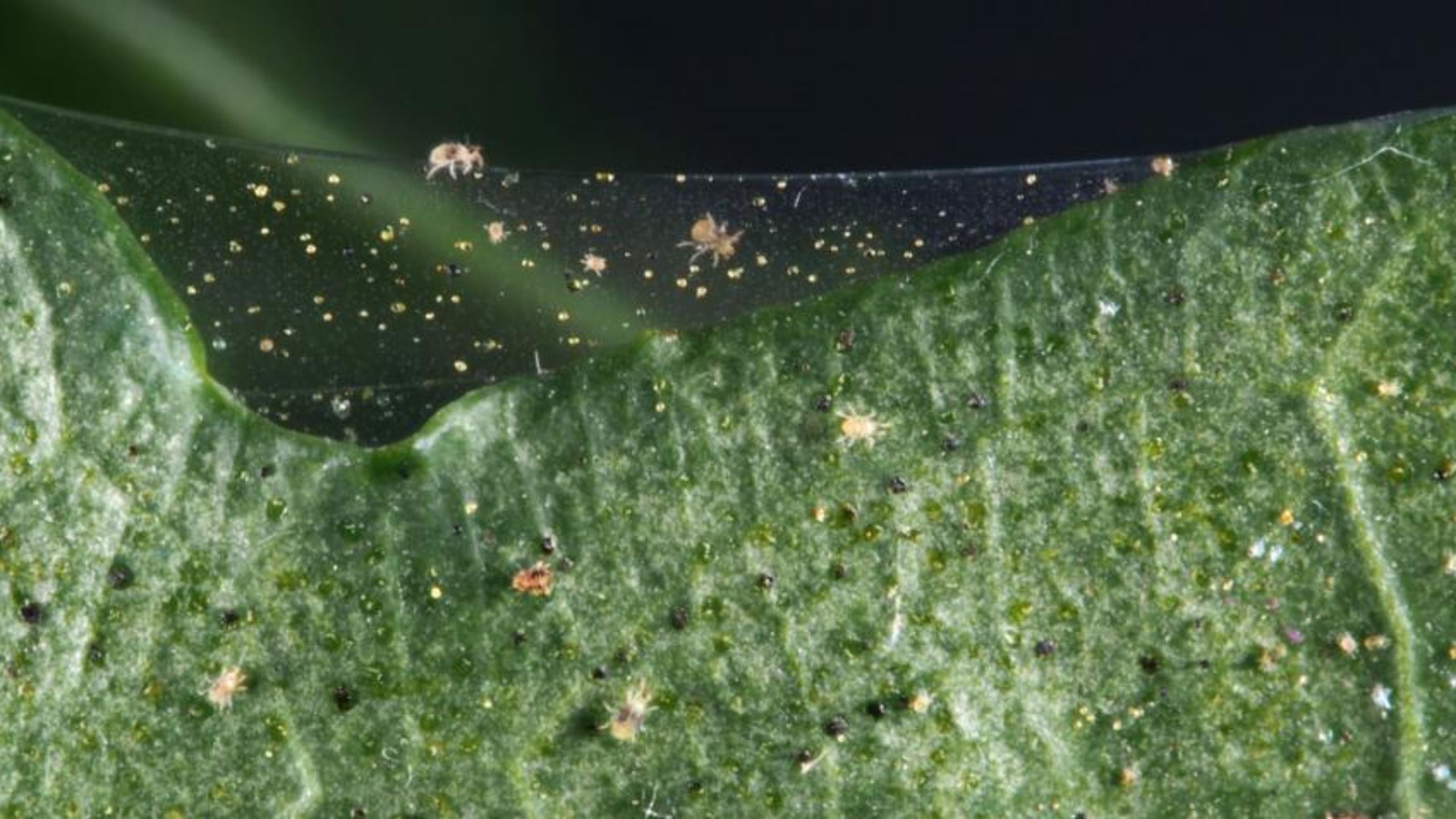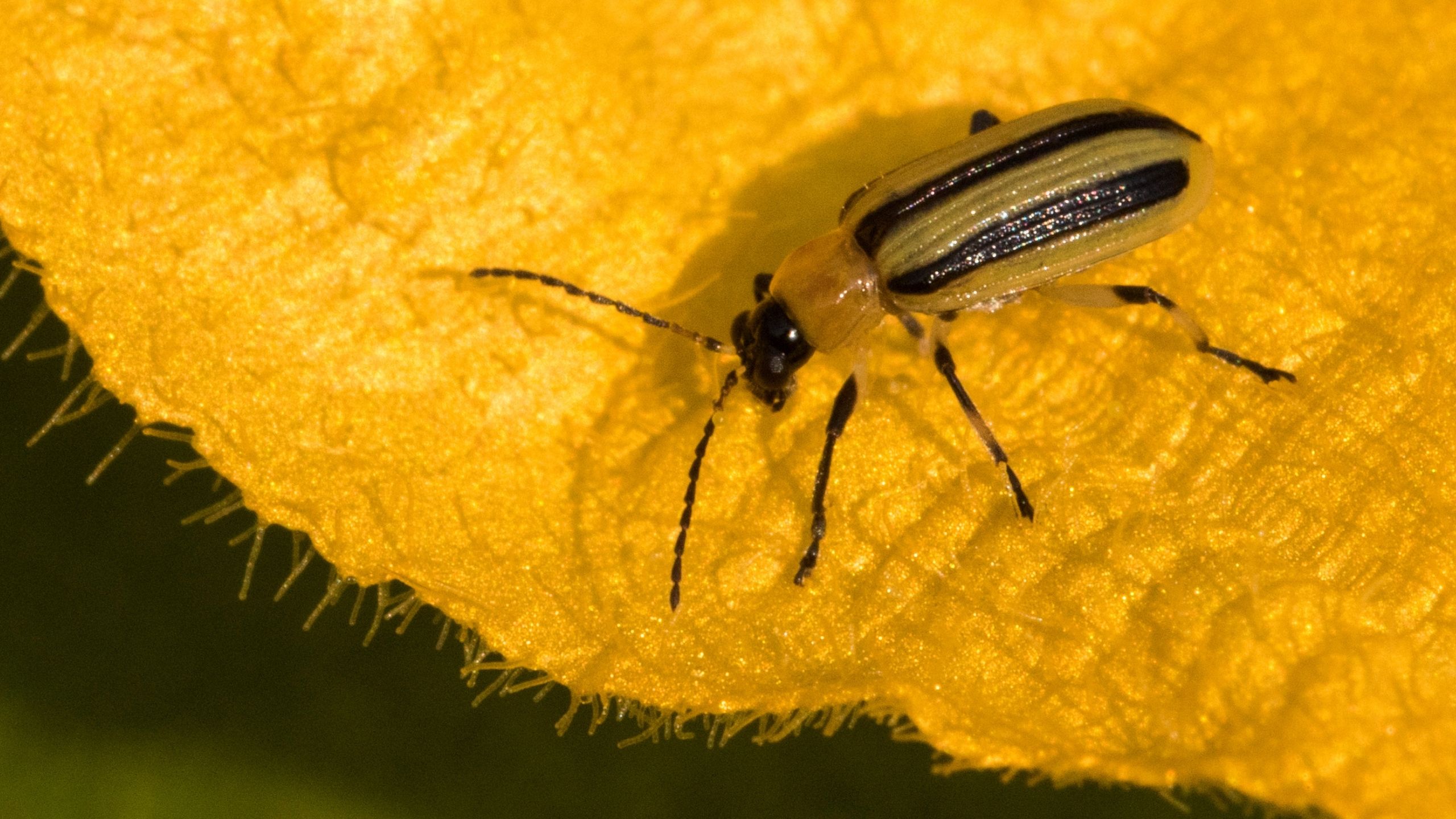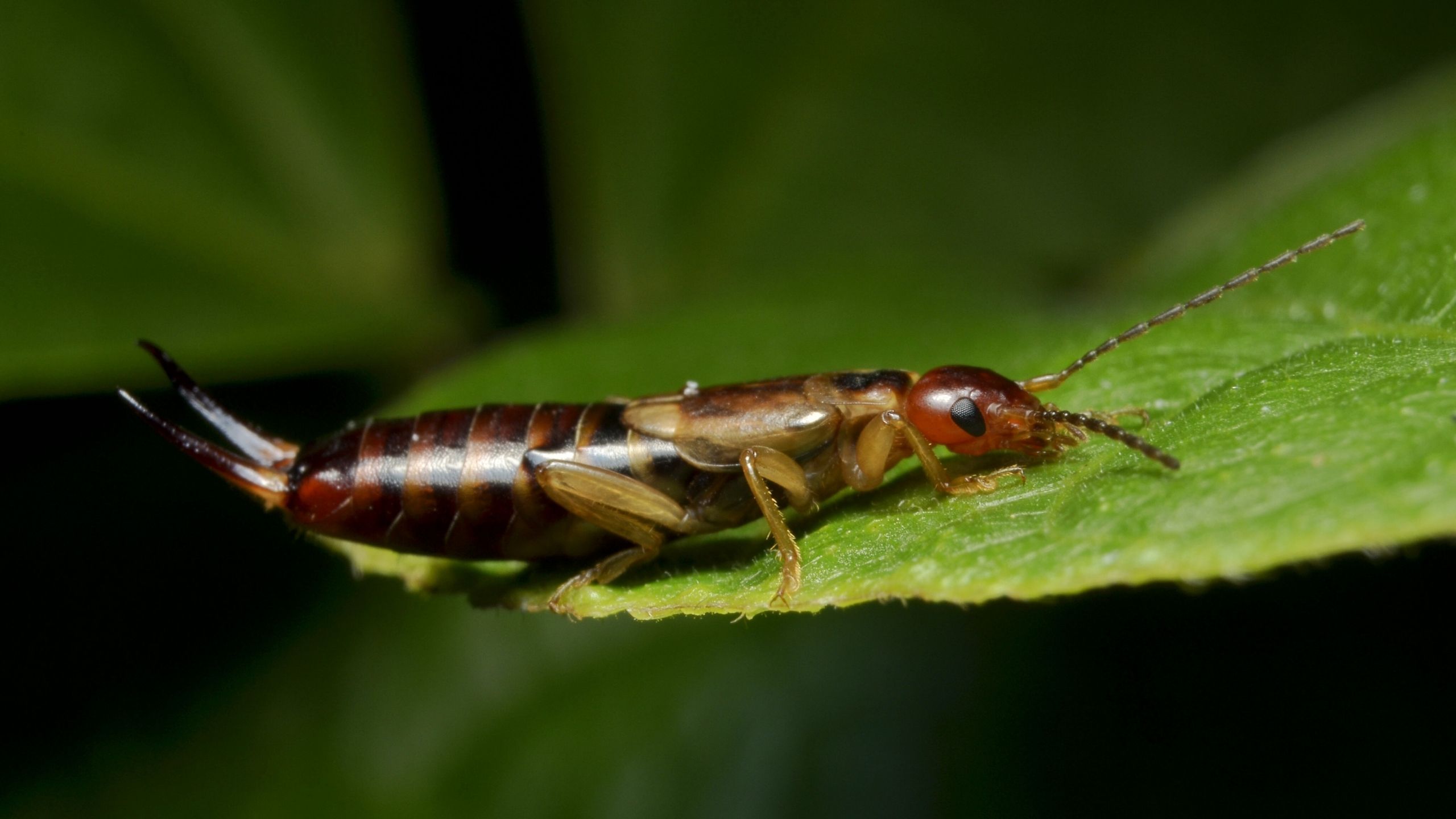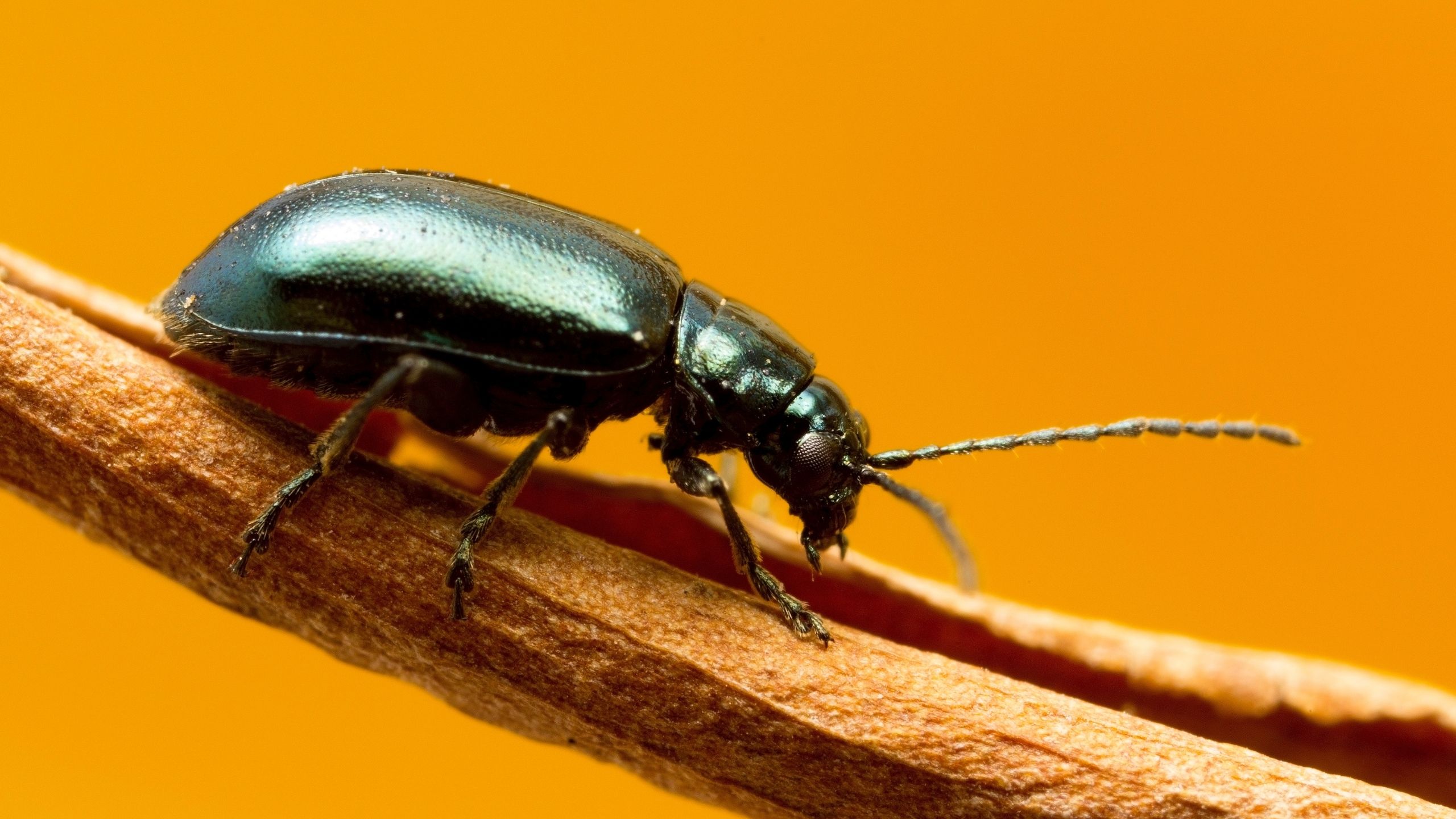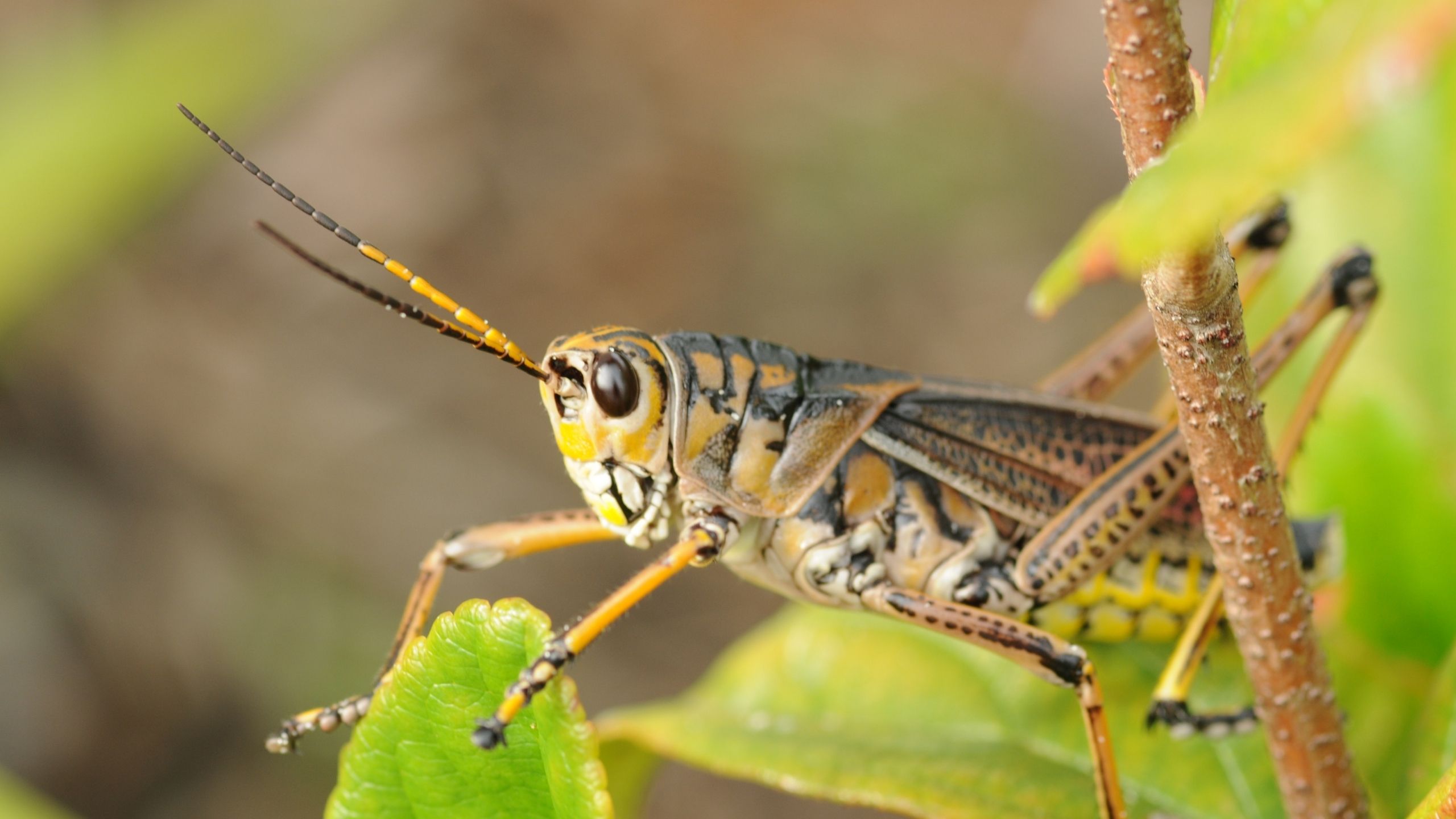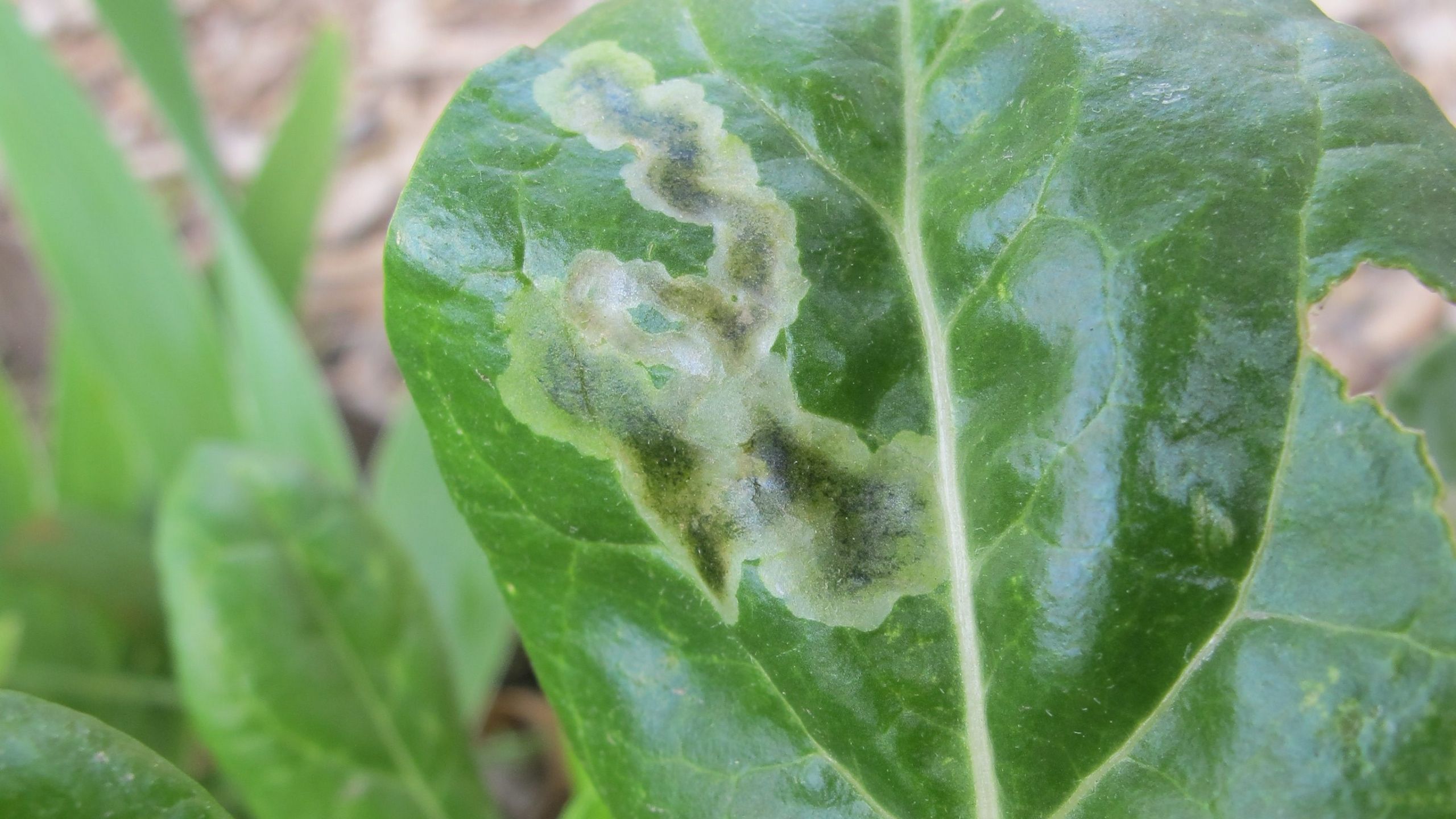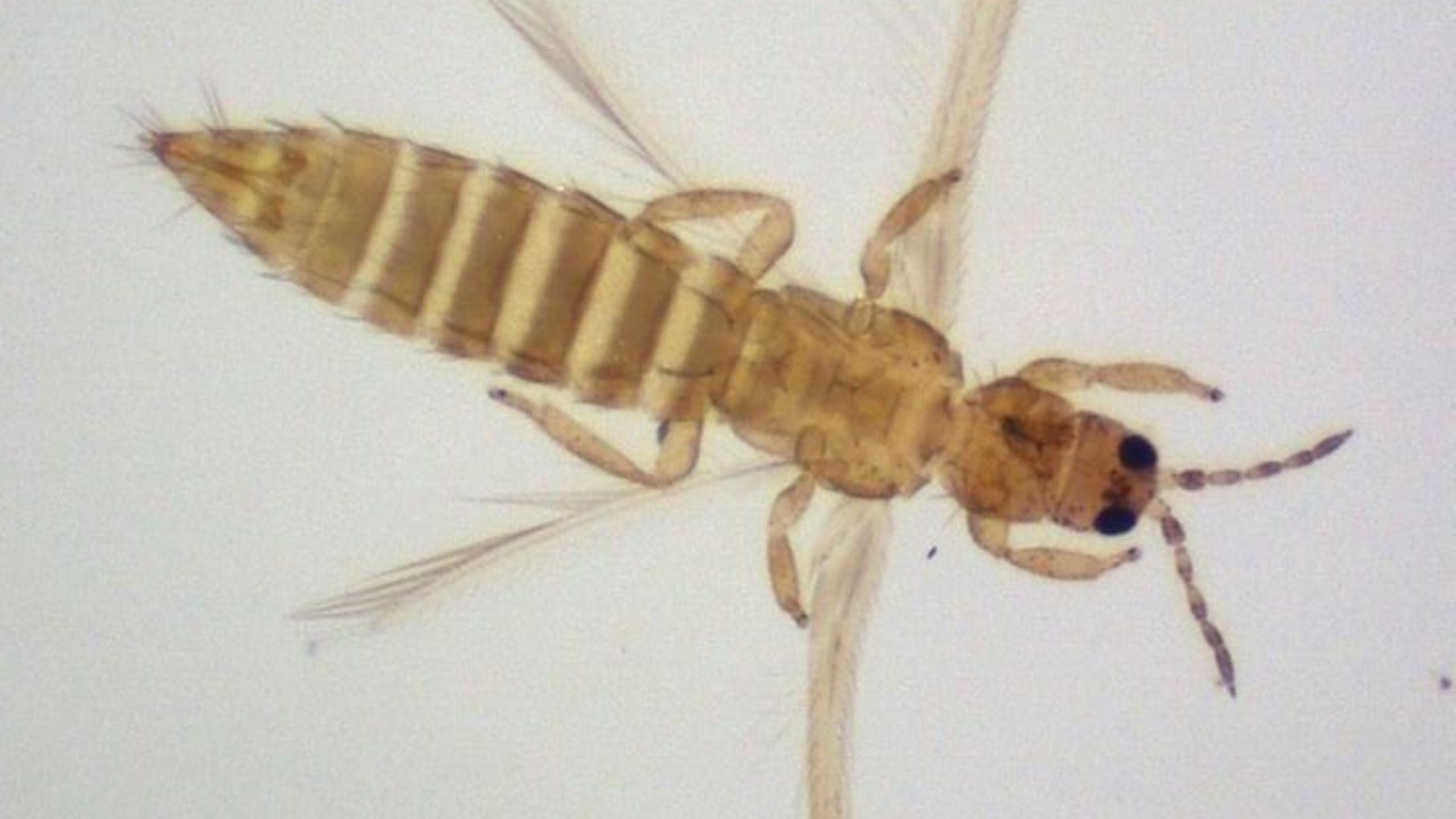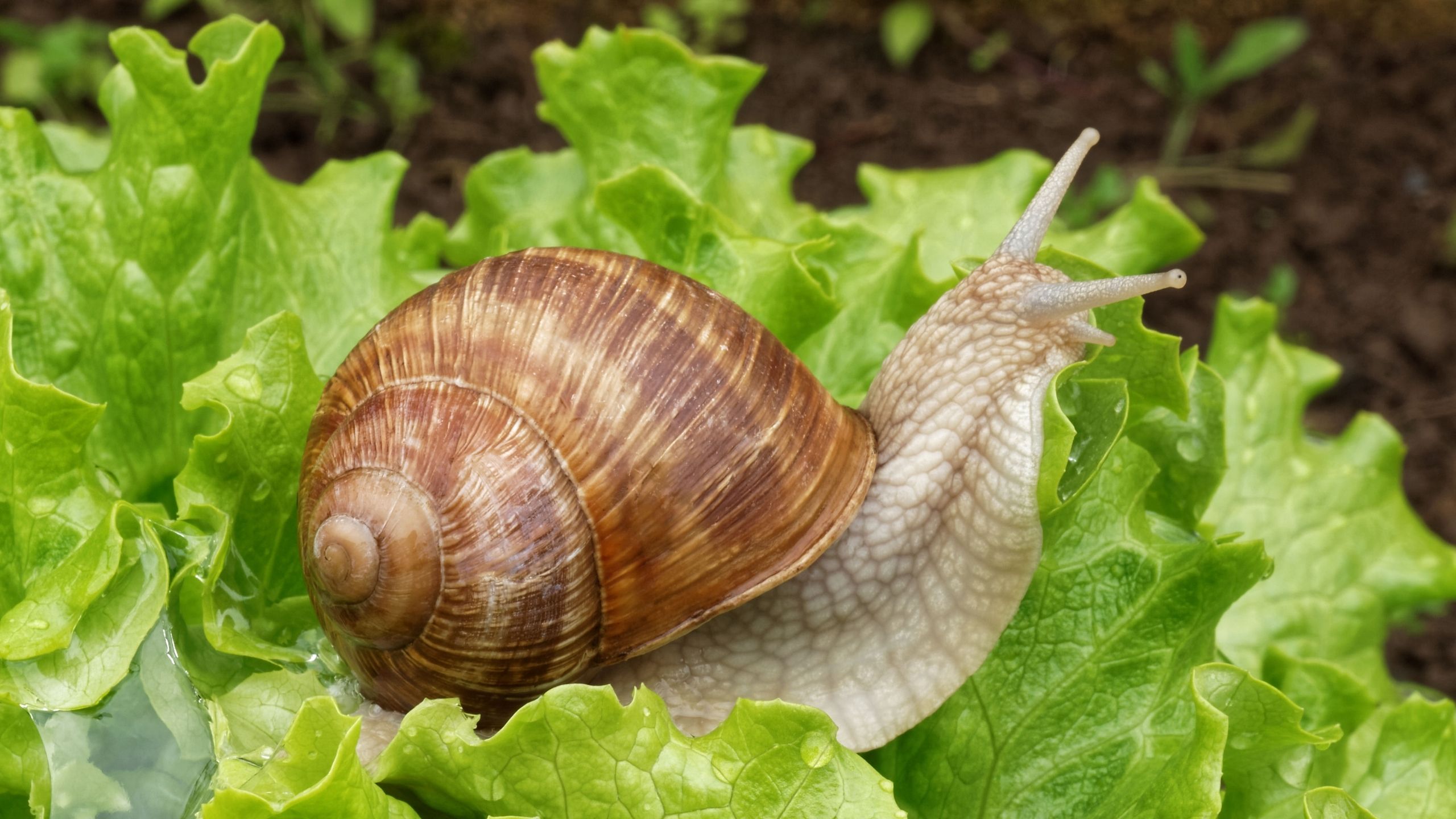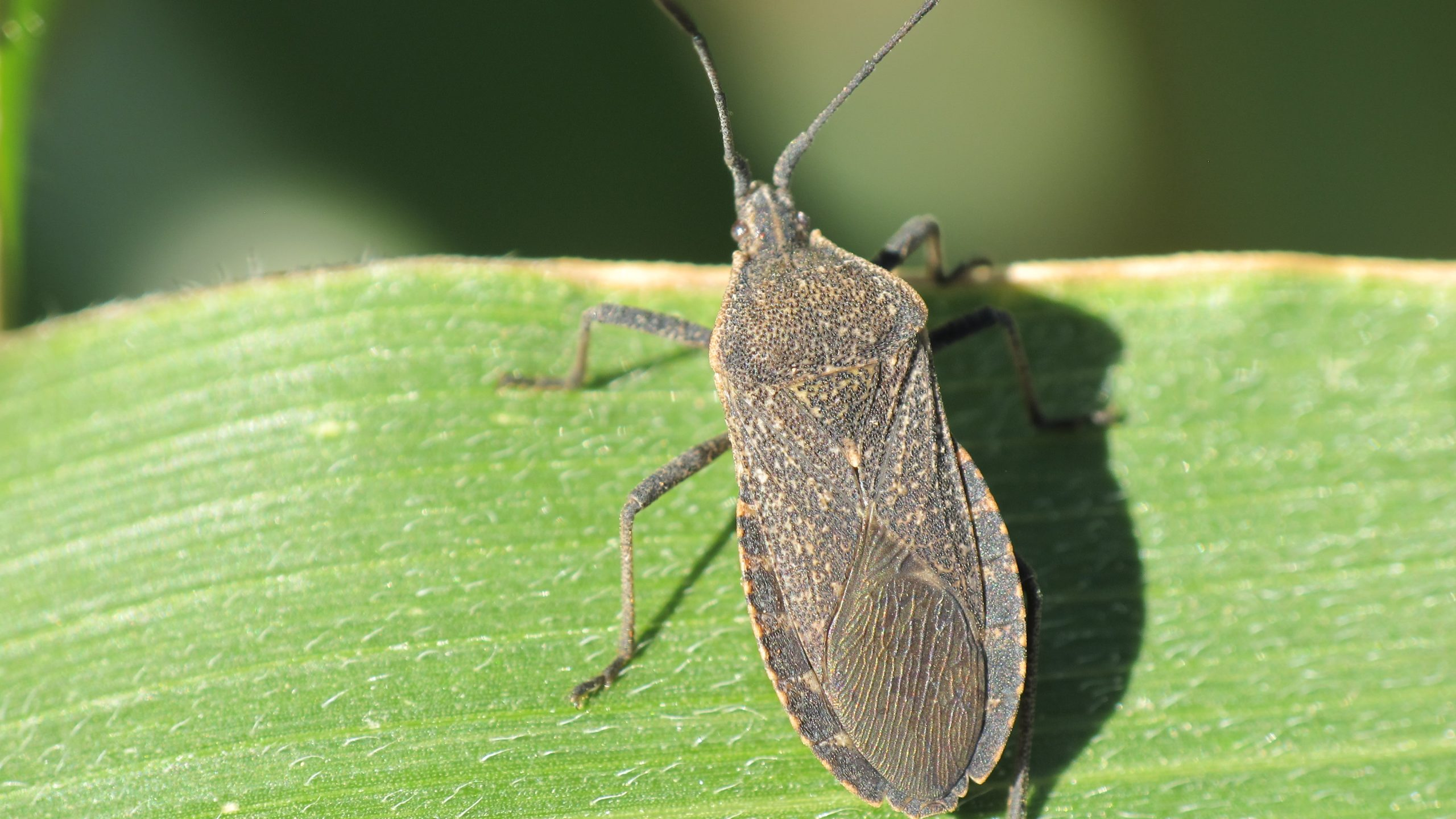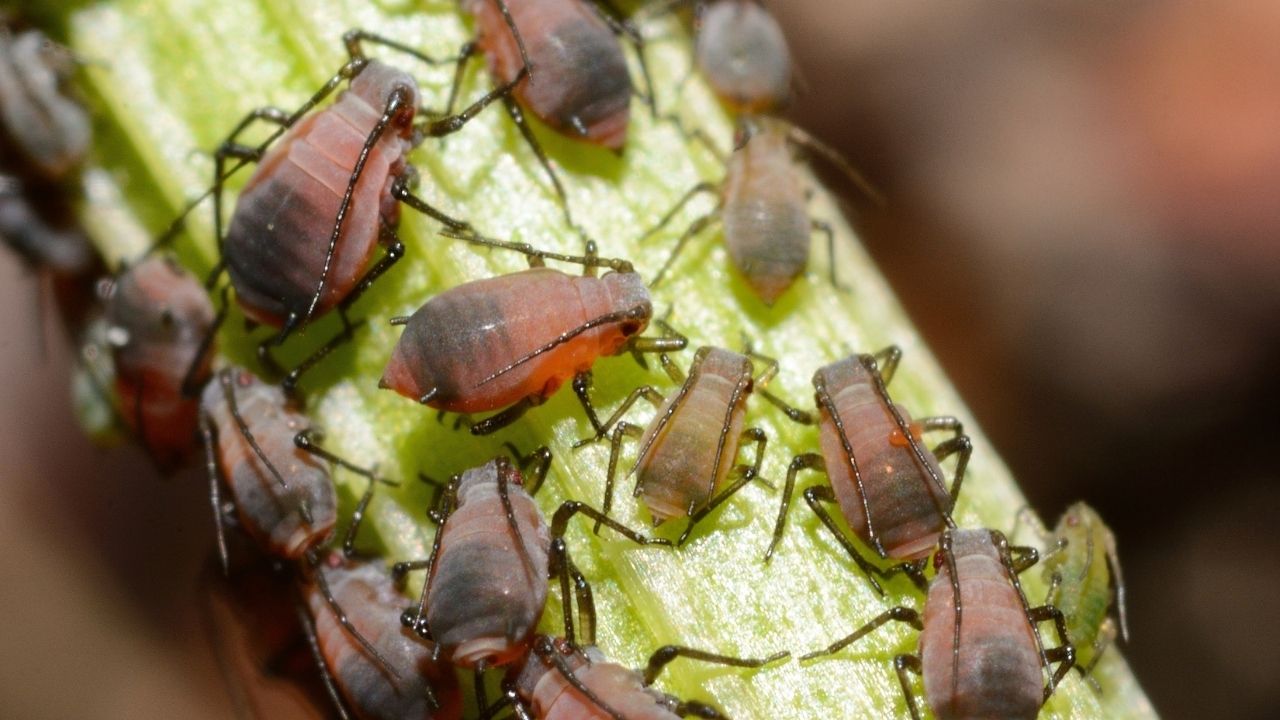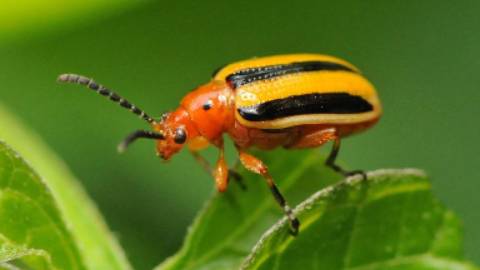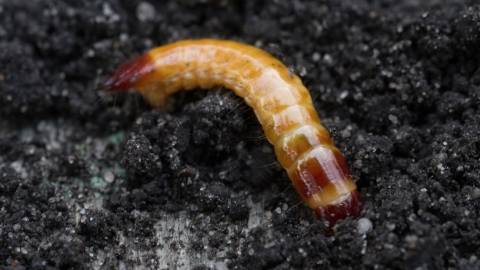Western Striped Cucumber Beetle
Western Spotted Cucumber Beetle
(Acalymma trivittatum and Diabrotica undecipunctata undecipunctata)
March 2012
Diane Alston, Extension Entomologist (No longer at USU) • Dennis Worwood, Agriculture Agent (Emery County)
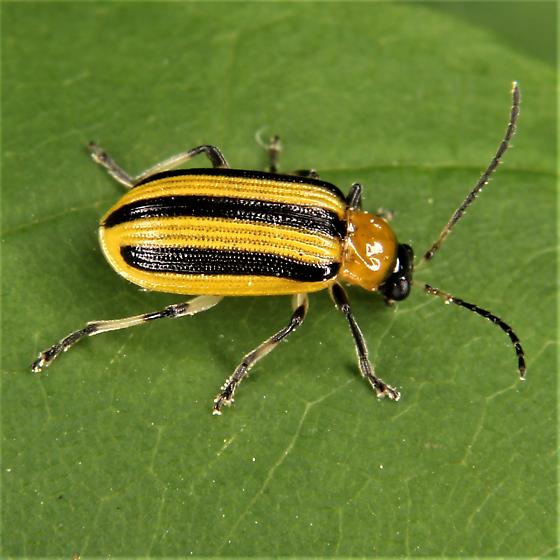
Fig. 1. Striped Cucumber Beetle Adult. Image courtesy of Image courtesy of Ric Bessen, Entomology, University of Kentucky.
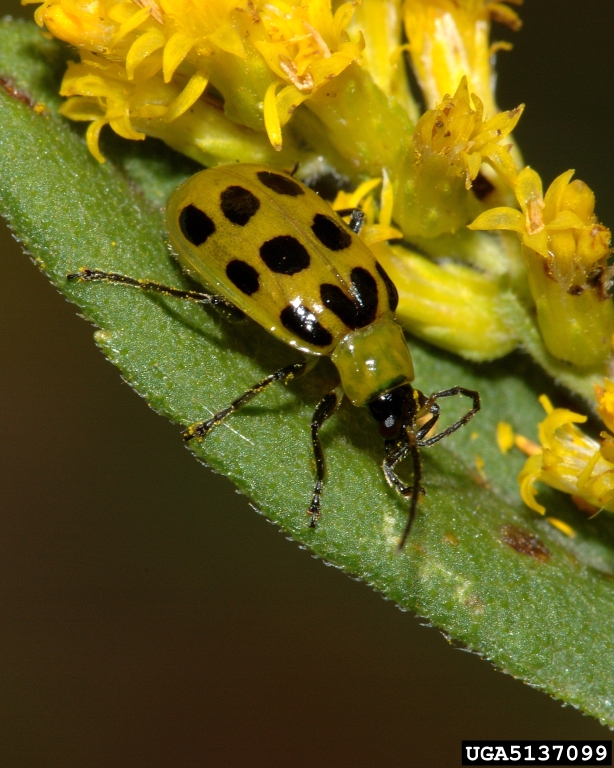
Fig. 2. Spotted Cucumber Beetle Adult. Image courtesy of Jack Kelly Clark, ANR Comm. Ser., University of California
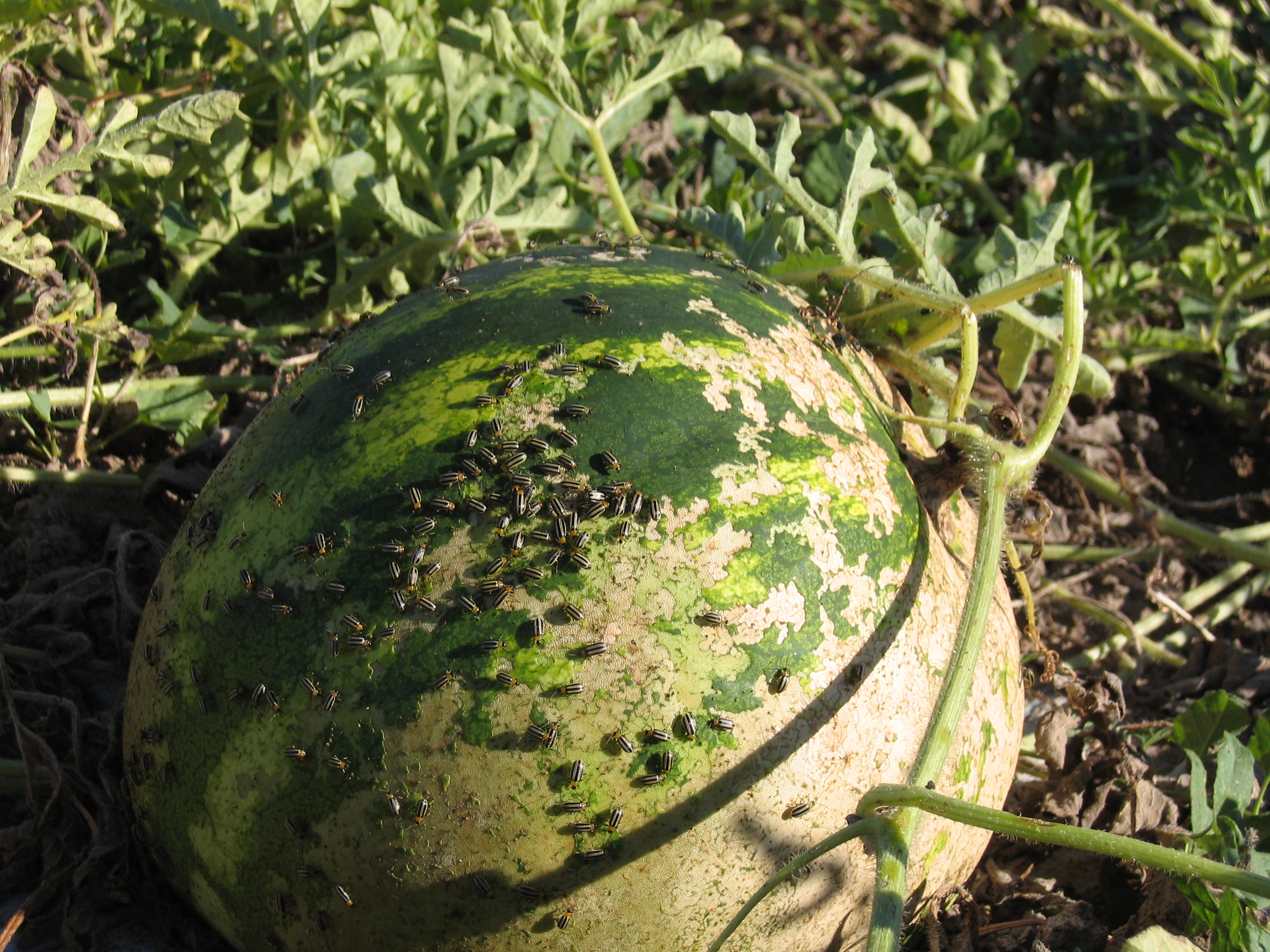
Fig. 3. Striped Cucumber Beetle Adults Scar Rinds of Watermelon
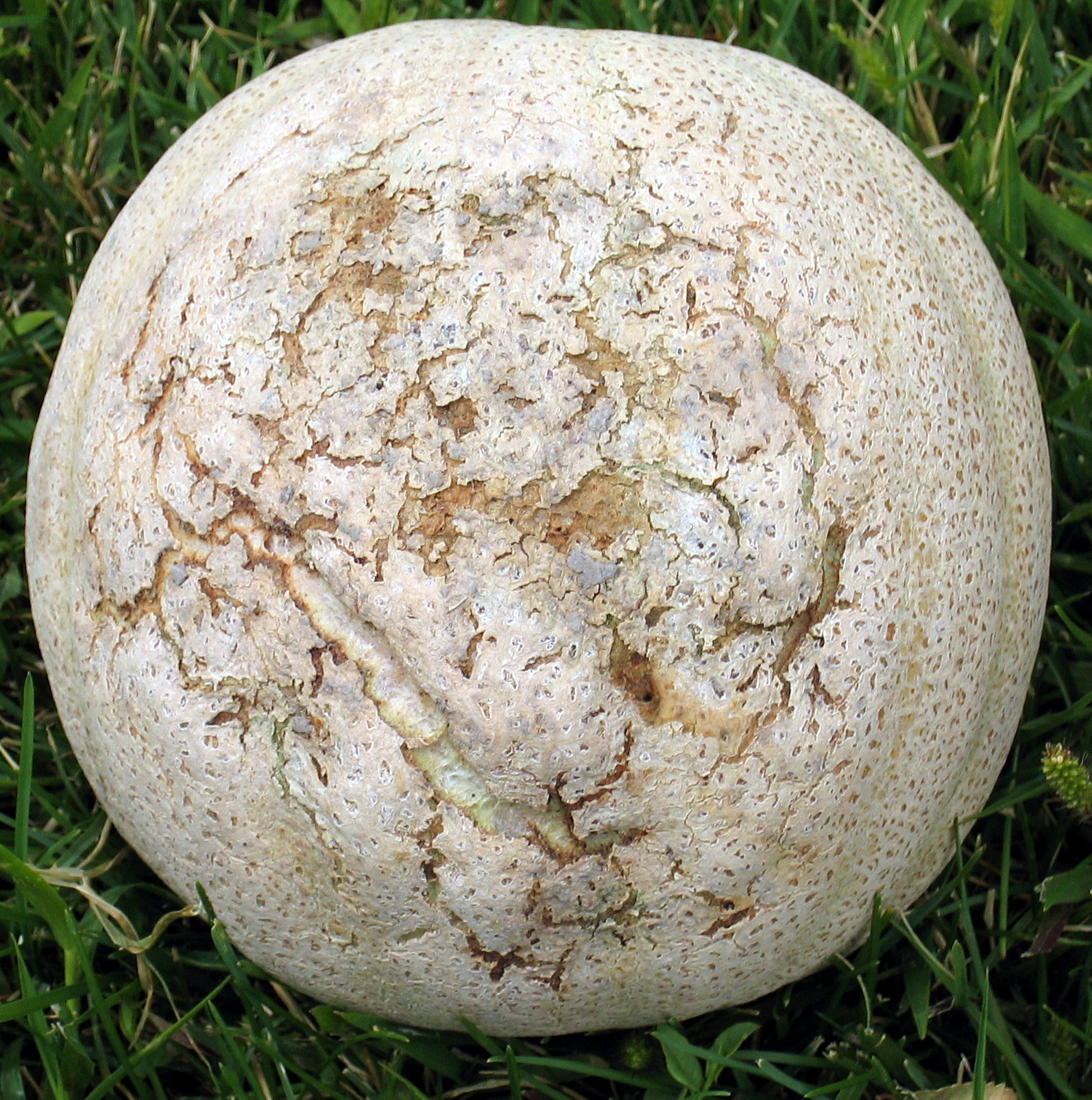
Fig. 4. Striped Cucumber Beetle Larvae Tunnel Into Rinds and Flesh of Cantaloupe
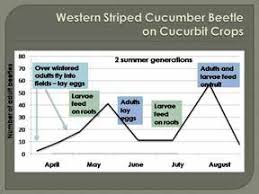
Fig. 5. Seasonal Life History of Western Striped Cucumber Beetle in East Central Utah
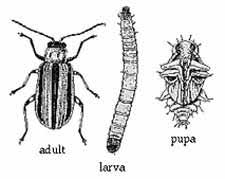
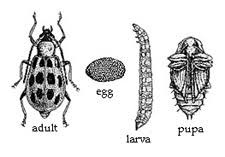
Fig. 6. Life stages of striped (above) and spotted (below) cucumber beetles. Image courtesy of A. Spring and E. Day, Insect ID Lab, Virginia Tech
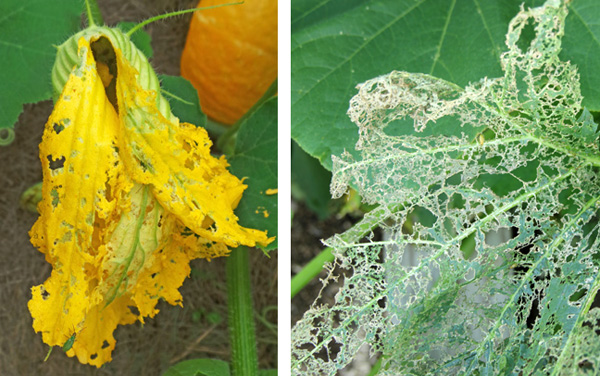
Fig. 7. Striped cucumber beetle adults and feeding injury to cucurbit leaves and flowers. Image courtesy of University of Georgia Coll. of Ag. and Environ. Sci.
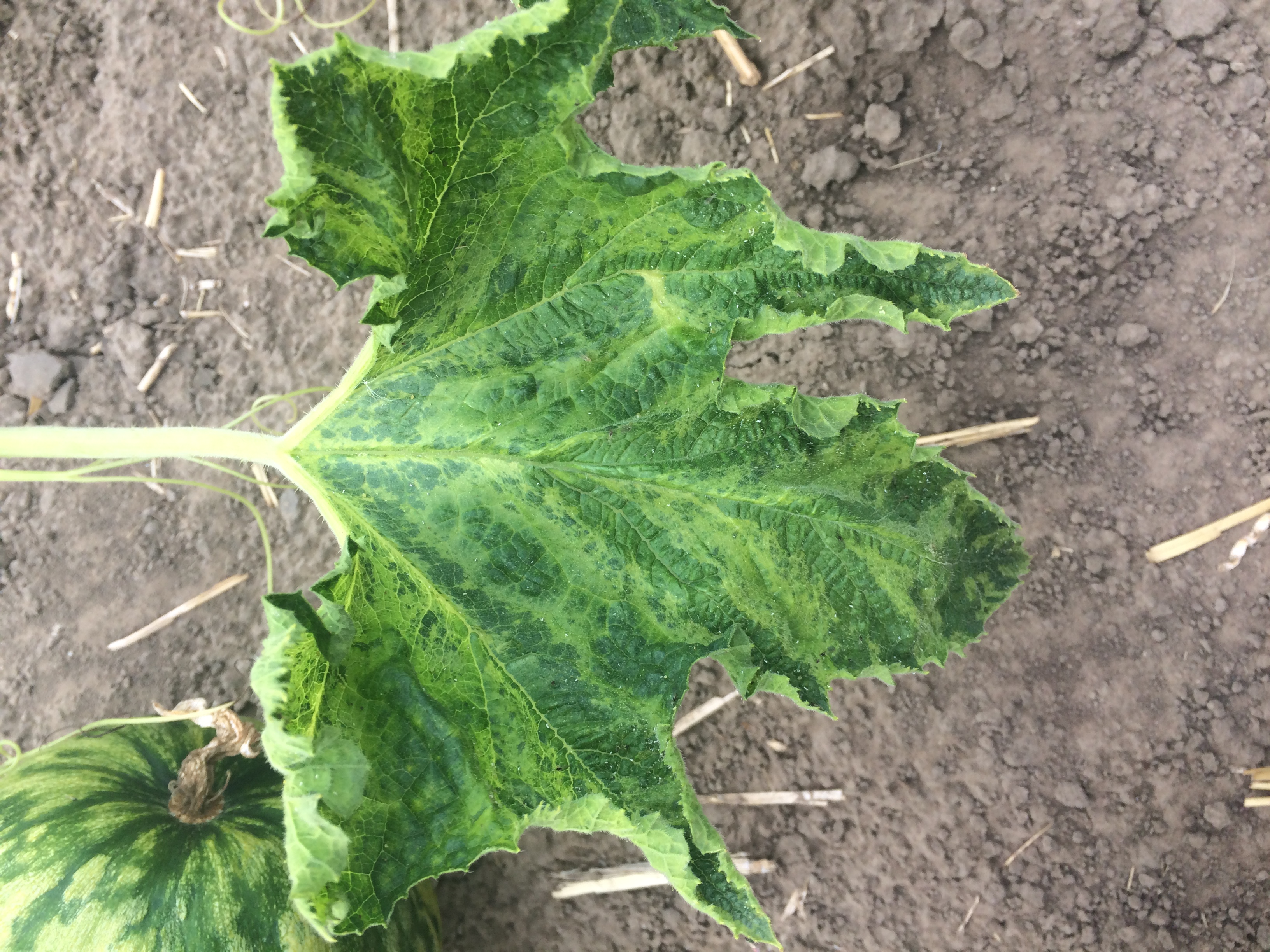
Fig. 8. Squash mosaic virus symptoms on squash leaf
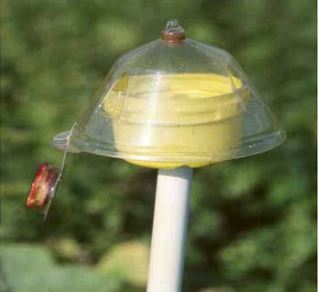
Fig. 9. Trécé cucumber beetle trap. Image courtesy of Trécé Inc.
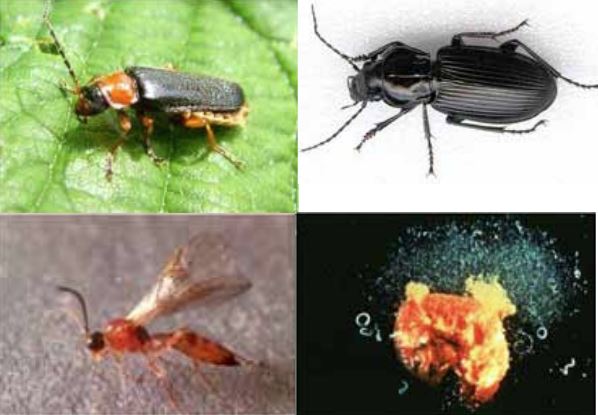
Fig. 10. Natural enemies of cucumber beetles
(clockwise from top left): soldier beetle, ground
beetle, entomopathogenic nematodes emerging
from a beetle larva, and braconid wasp. Image courtesy of Oregon State University.
Quick Facts
- Western striped cucumber beetle can be a serious pest of cucurbits in Utah, while western spotted cucumber beetle is a milder pest.
- Larvae of striped beetles feed on cucurbit roots which can stunt and kill young plants.
- Adults of both species feed on leaves, but only striped beetles feed on cucurbit fruits which can make them unmarketable.
- Melons have been the primary cucurbit crops damaged in Utah.
- It is critical to protect cucurbit seedlings in the spring and flowering plants and fruits in the mid and late summer.
Cucumber beetles (Coleoptera: Chrysomelidae) are pests of cucurbits throughout the U.S. Western species of cucumber beetles will also feed on leaves of other vegetables (especially corn, tomato, potato, and bean) and soft fruits (especially apricot and peach) (Table 1). In Utah, watermelon and cantaloupe have been the main commercial crops attacked. In home gardens, zucchini, cucumber and cantaloupe have suffered the most damage. Of the two species that occur in Utah, the western striped cucumber beetle (Fig. 1) causes more damage to cucurbit crops than the western spotted cucumber beetle (Fig. 2). Adults of both species feed on leaves of seedling cucurbits in the spring, but only the striped beetle will lay eggs on cucurbits. Spotted adult beetles fly to other vegetable and grass hosts to lay eggs. Larvae of striped beetles feed on cucurbit roots and can cause major yield loss by stunting and killing young plants. During the summer, adults of both species will feed on cucurbit leaves, but adults and larvae of striped beetles will feed on rinds of fruits, which can cause aesthetic injury (Fig. 3), and if severe, crop loss (Fig. 4). In addition to direct feeding injury, cucumber beetles vector plant diseases, such as bacterial wilt, squash mosaic virus, and others (Table 1). Bacterial wilt has not been detected in Utah, but squash mosaic virus does occur. Cultural practices to deter cucumber beetles and insecticides are the key management tactics that effectively prevent crop damage.
Life History
Western Striped Cucumber Beetle
Adult - Overwintering, Dispersal, and Damaging Stage
- About 1/3 inch (8-9 mm) long; black head, yellow prothorax (segment behind head), and wings with alternating yellow and black (3) stripes (Figs. 1 and 6).
- Spend the winter in protected sites near agricultural fields and home gardens (under plant debris, in wooded areas, in crevices of buildings and fence posts, etc.).
- Become active in the spring when temperatures >50°F
- Feed on pollen, nectar, and blossoms before host plant material is available.
- Can fly long distances (up to 500 miles in high-altitude air currents).
- Mate in the spring; females lay 200-1,200 eggs in moist soil at the base of cucurbit plants.
- Feed on stems, leaves, blossoms, and fruits of cucurbits (Fig. 3) and other vegetables (Table 1).
- Two summer generations of adults occur in east central Utah (Fig. 5).
Egg
- Oval, yellow to orange in color.
- Hatch in 7-10 days.
Larva - Damaging Stage
- Wormlike, 1/3-1/2 inch (8-13 mm) long (Fig. 6).
- White to yellowish white body, brown head and three pairs of brown legs.
- In the spring and early summer, feed exclusively on the roots of cucurbits (Table 1).
- In the later summer, will also feed on the rinds and flesh of cucurbit fruits (Fig. 4).
- Requires about 15 days to complete development.
Pupa
- White to yellow, about ¼ inch (6 mm) long.
- Look like a soft-bodied adult without wings (Fig. 6).
- Resting stage in the soil.
- Lasts about 7 days.
Western Spotted Cucumber Beetle
Adult - Overwintering, Dispersal, and Damaging Stage
- Similar in size and shape to striped cucumber beetle, except wings are yellowish green with 12 black spots (Figs. 2 and 6).
- Head, legs, and antennae are black.
- Feed and lay their eggs on many vegetable and grass plants, including wild grasses (Table 1).
Larva - Damaging Stage
- Feed on the roots of corn, beans, small grains, and many grasses, but not cucurbits (Table 1).
Crop Injury
Striped cucumber beetle adults and larvae feed on cucurbit fruits. Smooth-skinned cucurbits such as watermelon, honeydew, crenshaw and casaba are especially sensitive to injury. Beetles prefer to feed on soft rinds before fruits mature; injury can be worse on the undersides of fruits (Figs. 3 and 4). Striped cucumber beetle larvae feed on cucurbit roots and can stunt and kill plants reducing plant stands. Adults will also chew holes in leaves (Fig. 7) and stems and can destroy flowers. Injured stems will break during high winds reducing plant stands and runners. Spotted cucumber beetle is a less severe pest of cucurbits. Larvae do not feed on cucurbit roots while adults will feed on cucurbit leaves, and sometimes on soft fruits (Table 1).
Both species will vector plant diseases (Table 1). Bacterial wilt, caused by Erwinia tracheilphila, overwinters in the bodies of hibernating beetles and is a major problem in central and eastern U.S., but not in the West. In Utah, squash mosaic virus, vectored by both species of cucumber beetles, is a greater concern. Aphids are the primary vector and the virus is also seed-borne. Use of certified seed and suppression of aphid and cucumber beetle populations when they occur are the primary tactics to manage squash mosaic virus. Virus symptoms include mosaic patterns, leaf mottling, ring spots, blisters, and fruit deformation (Fig. 8).
Monitoring
Monitoring is a critical part of any cucumber beetle management strategy. The goals of monitoring are to detect adult beetles and develop an estimate of their numbers. Monitoring may include field scouting and/or the use of traps that lure and capture beetles.
Scouting involves examining plants to detect adult cucumber beetles. All above-ground parts of the plant should be checked, including the underside of leaves and base of the stem. Newly emerged or transplanted cucurbits should be scouted two or three times per week, since beetle feeding can rapidly kill small plants. Early season scouting should focus on field margins to detect adult beetles moving into the field from overwintering sites. Once beetles are noted on field margins, random locations in the center of fields should also be scouted. Weekly scouting is sufficient after plants become larger.
Five plants should be checked at each of five different locations in the field (a total of 25 plants) and the average number of beetles per plant calculated. Control measures are warranted on mature plants if five or more beetles per plant are present. On young plants, control is needed if unacceptable feeding damage is observed.
Cucumber beetle traps utilize odors and colors that are attractive to beetles. These include yellow sticky traps, pheromone traps baited with Eugenol or similar compounds, and kairomone traps that utilize cucurbit fruit, floral or root extracts (Fig. 9). It is important to specify the species of interest when purchasing traps. Lures formulated for Western Striped Cucumber Beetles are not attractive to Spotted Cucumber Beetles, and vice versa. Unless otherwise specified, traps are mounted on stakes two feet above the crop canopy to be visible to beetles. Trap monitoring should follow the same timing and format as field scouting, with early emphasis on field margins.
Trials in east central Utah indicate that field scouting provides a more accurate estimate of beetle populations than trapping. Several different traps were tested over three growing seasons. None consistently caught beetles even when scouting showed high numbers of beetles on plants.
Management
Depending on climate and region, three-lined potato beetles may overwinter in the adult stage or pupae stage in the soil. They become active again during May through August. Once emerged, they lay their eggs on the host crop’s foliage. Larvae hatch in late June or July. Larvae eventually pupate in mid to late summer, reaching the adult stage. Depending on the location and temperatures, the beetle can complete up to two generations per year, but more likely just one generation in Utah.
Management
Cultural Control
- Trap crops release high concentrations of cucurbitacin, a feeding stimulant to cucumber beetles, and several floral volatiles. Sow 5% or more of the land to trap crops as border strips or adjacent plots about two weeks before planting the main crop. Overwintered adults will be lured to the trap crop before the main crop is attractive. Varieties of the following cucurbits have been shown to be highly attractive to cucumber beetles: zucchini (‘President’, ‘Black Jack’, ‘Green Eclipse’, Seneca Zucchini’, ‘Senator’, ‘Super Select’, ‘Dark Green Zucchini’, and ‘Embassy Dark Green Zucchini’), summer squash (‘Cocozelle’ and ‘Caserta’), buttercup squash (‘Ambercup’), melon (‘Classic’), and pumpkin (‘Big Max’ and ‘Baby Poo’) (Bellows and Diver 2002). Treat the trap crop with insecticides before adults lay eggs.
- Delayed planting or transplanting of cucurbit fields until late May to mid June, after cucumber beetles have laid their first generation of eggs (degree of lateness depends on climate of location), has shown success in reducing crop injury from beetles in the Midwest. However, this tactic is less practical for Utah melon, pumpkin, and winter squash crops because of Utah’s shorter growing season and the number of days required to fully mature these crops. For cucumber and summer squash, delayed planting would eliminate early harvests, but could be a practical beetle management option for mid and late season harvests.
- Floating row covers or plant fabrics can prevent adult beetles from landing on plants in the spring. Row covers need to be removed when plants begin to flower or pollination will be reduced. Also, weed control under covers must be handled by pre-emergent herbicides or occasional removal of covers to physically remove weeds. Row covers are more practical for home gardens and small commercial fields. The cost of plant fabric and logistics of keeping floating covers secured on long plant rows make it less practical for large commercial fields.
- Plastic or organic mulches can deter cucumber beetles from laying eggs in the ground near plant stems and may hinder movement of larvae from roots to fruits to feed. Research conducted in Virginia (Caldwell and Clarke 1998) has shown that aluminum-coated plastic mulch significantly reduced numbers of cucumber beetles on plants. These reflective mulches repelled cucumber beetles and aphids and reduced transmission of bacterial wilt and virus diseases. Feeding of cucumber beetle larvae on cucurbit fruits is more severe when fruits are in contact with moist soil. Use of mulches and drip irrigation reduces soil moisture under fruits and lessens cucumber beetle feeding on fruits.
- Avoid planting cucurbits near these alternate hosts to help reduce spotted beetle infestations. Preferred crop hosts for spotted cucumber beetle larvae are corn, beans, small grains, and other grasses, including weeds.
- Limit Irrigation Near Harvest: Moist soil under maturing cucurbit fruits is attractive to cucumber beetles. Limiting the amount of irrigation water applied near harvest, and/or use of irrigation systems such as drip lines that limit the spread of water, will reduce the likelihood of cucumber beetle injury to plants and fruits in the mid and late summer.
- Cultivation and Residue Removal: Destruction of crop residues, especially roots and fruits, after harvest will help reduce the overwintering population of cucumber beetles. Thorough and deep cultivation and crop residue shredding will accelerate the decomposition of above- and below-ground residues. To prevent soil erosion, use appropriate tillage practices or cover crops.
- Cucurbit Varietal Susceptibility
Attractiveness of cucurbits to cucumber beetles differs among cucurbit varieties. Cucurbit varieties with non and low preference by cucumber beetles (Jarvis, 1994):- Crookneck Squash: ‘Yellow Crookneck’
- Scallop Squash: ‘Peter Pan’
- Straightneck Squash: ‘Goldbar’, “Seneca Prolific’
- Yellow Squash: ‘Slender Gold’, ‘Sunbar’
- Acorn Squash: ‘Carnival’, ‘Table Ace’
- Butternut Squash: ‘Butternut Supreme’, ‘Zenith’
- Pumpkin: 'Baby Pam’, ‘Jack-Be-Little’, ‘Jackpot’, ‘Munchkin’, ‘Seneca Harvest Moon’, ‘Tom Fox’
Mechanical Control
- Trap baits contain insect pheromones (species specific communication chemicals) and/or kairomones (host plant chemicals) and can be combined with synthetic or botanical pesticides and sprayed on the crop. Cidetrak® CRW, a feeding stimulant, and eugenol, a pheromone, have been used as trap baits. Cucumber beetles enticed to feed on baits are killed by the insecticide.
- Traps baited with an attractant can be used to lure cucumber beetles away from cucurbit fields and for population monitoring purposes. A new trap under development by Trécé includes a volatile lure, poison bait, and a cup to collect the dead beetles (Fig. 9). Yellow sticky traps baited with a kairomone or pheromone lure may also reduce adult cucumber beetle populations in the immediate area.
- Bug Vacuums: Motorized, large-scale vacuums have been developed to mechanically remove insects from plants. Bug vacuums are expensive, but may be feasible for organic farms or where cucumber beetle infestations are especially severe.
Chemical Control
Insecticides can be effective for control of cucumber beetles, but should not be used as the first or sole management tool. Combine insecticides with cultural, physical, and biological tactics for longer-term, sustainable management.
Timing: To achieve successful results with insecticides, proper timing is critical to target susceptible life stages (Fig. 5).
- In the spring, when overwintered adults migrate into cucurbits, treat before feeding injury is significant and to prevent mating and egg-laying.
- In the late spring and early summer, treat when eggs hatch and before larvae move to plant roots to feed.
- During mid and late summer, target high numbers of adults and larvae to prevent feeding damage to leaves, stems, flowers, and fruits.
- In isolated fields, good control of the overwintered generation may prevent or reduce summer feeding injury and crop loss. In larger cucurbit production areas, adult beetles may migrate from nearby infested fields in the mid and late summer despite good early season control.
Spray Coverage: It is critical for insecticide sprays to penetrate the crop canopy and contact damaging life stages of beetles. Sprays droplets should deposit on the top and underside of leaves, stems, flowers, and fruits. Also, drenching the soil surface when larvae are active can increase larval mortality.
Insecticide Resistance Management: To prevent development of resistance to insecticides in the cucumber beetle population, it is important to rotate the chemical class or mode of action between applications.
Insecticides, grouped by class (i.e., mode of action), that are effective in suppressing cucumber beetles and registered in Utah as of March 2008:
Carbamate: carbaryl (Sevin), methomyl (Lannate)
Chloronicotinyl: imidacloprid (Admire) – systemic; apply as a side-dress or drench at planting or to young plants
Insect Growth Regulator: azadirachtin (Azatin, Neemix*)
Microbial: spinosad (Conserve, Entrust*, Success), spinetoram (Radiant)
Organophosphate: diazinon (Diazinon), malathion (Malathion)
Particle Barrier/Repellent: cryolite (Kryocide)*, kaolin clay (Surround)*
Synthetic Pyrethroid: bifenthrin (Capture), cyfluthrin (Baythroid, Tombstone), cypermethrin (Ammo, Mustang), deltamethrin (Decis), esfenvalerate (Asana), lambda-cyhalothrin (Warrior), permethrin (Pounce)
*OMRI approved for organic production.
All brands are registered trademarks. Examples of brands
may not be all-inclusive, but are meant to provide examples of products registered on cucurbit crops in Utah. The availability of insecticides changes rapidly. Always check the label for registered uses, application and safety information, and protection and pre harvest intervals.
Biological Control
Natural predators and parasitoids that attack cucumber beetles in Utah include ground beetles, soldier beetles, braconid wasps, tachinid flies, and entomopathogenic nematodes (Fig. 10). Nematodes can suppress cucumber beetle larvae and pupae in the soil while the others will attack adults, eggs and larvae on plants or on the soil surface. Natural populations of these beneficial agents can be preserved by avoiding the use of broadspectrum, toxic insecticides and enhancing crop and soil health through cultural practices. Purchase and release of natural enemies from commercial suppliers has not proven effective for cucumber beetles.
Management in the Home Garden
Cucumber beetles can be a pest of cucurbits and other vegetables (Table 1) in the home garden. In east central Utah, zucchini, cucumber, and cantaloupe have received the most damage. In some cases, the leaves of these cucurbits have been riddled with feeding holes. Cultural practices and avoidance of planting highly susceptible cucurbit varieties are the major recommendations for the home garden. Use of row covers, mulches, hand removal of beetles, and crop residue destruction in the fall can reduce cucumber beetle populations and crop damage. If there is a history of cucumber beetle problems in the area, planting non- and less preferred cucurbit species and varieties (see lists above) can help the home gardener avoid beetle infestations. Also avoid using broad-spectrum, toxic insecticides to preserve natural enemies that help suppress cucumber beetles.
References and Further Reading
- Bellows, B. C., and S. Diver. 2002. Cucumber beetles: organic and biorational IPM. National Sustainable Agriculture Information Service, ATTRA Publication IP212.
- Caldwell, J. S., and P. Clarke. 1998. Aluminum-coated plastic for repulsion of cucumber beetles. Commercial Horticulture Newsletter, January-February. Virginia Cooperative Extension, Virginia Tech.
- Coviello, R. L., E. T. Natwick, L. D. Godfrey, C. B. Fouche, C. G. Summers, and J. J. Stapleton. 2005. Cucumber beetles in UC IPM Pest Management Guidelines: Cucurbits, UC ANR Publication 3445.
- Hoffmann, M. P., and T. A. Zitter. 1994. Cucumber beetles, corn rootworms, and bacterial wilt in cucurbits in Vegetable Crops. Cornell University Fact Sheet 781.
- Jarvis, W. R. 1994. Bacterial wilt in Diseases and Pests of Vegetable Crops in Canada,
- R. J. Howard, A. Garland, and W. L. Seaman (eds.). The Canadian Phytopathological Society and Entomological Society of Canada, Ottowa, Ontario.
Related Research


